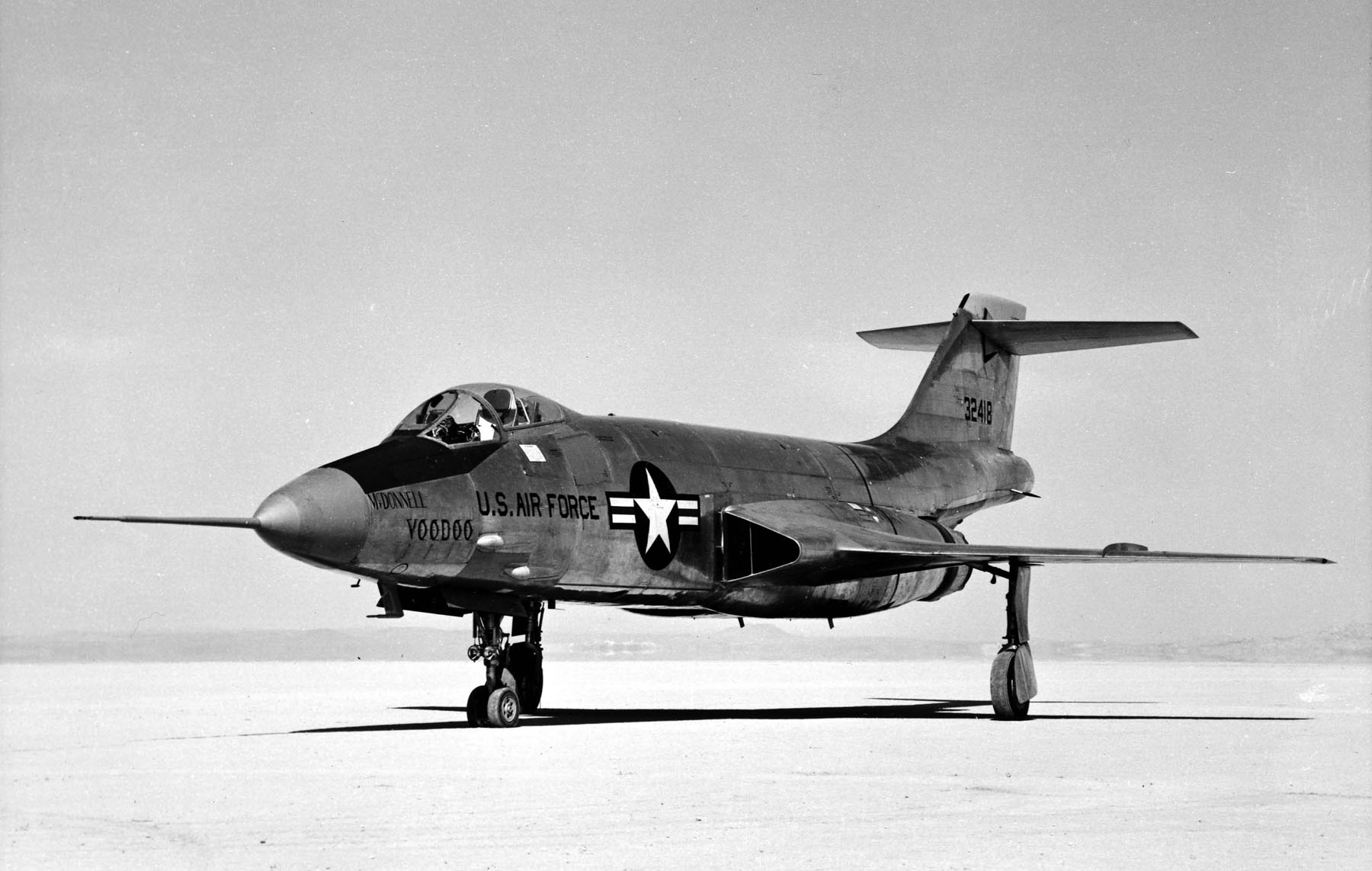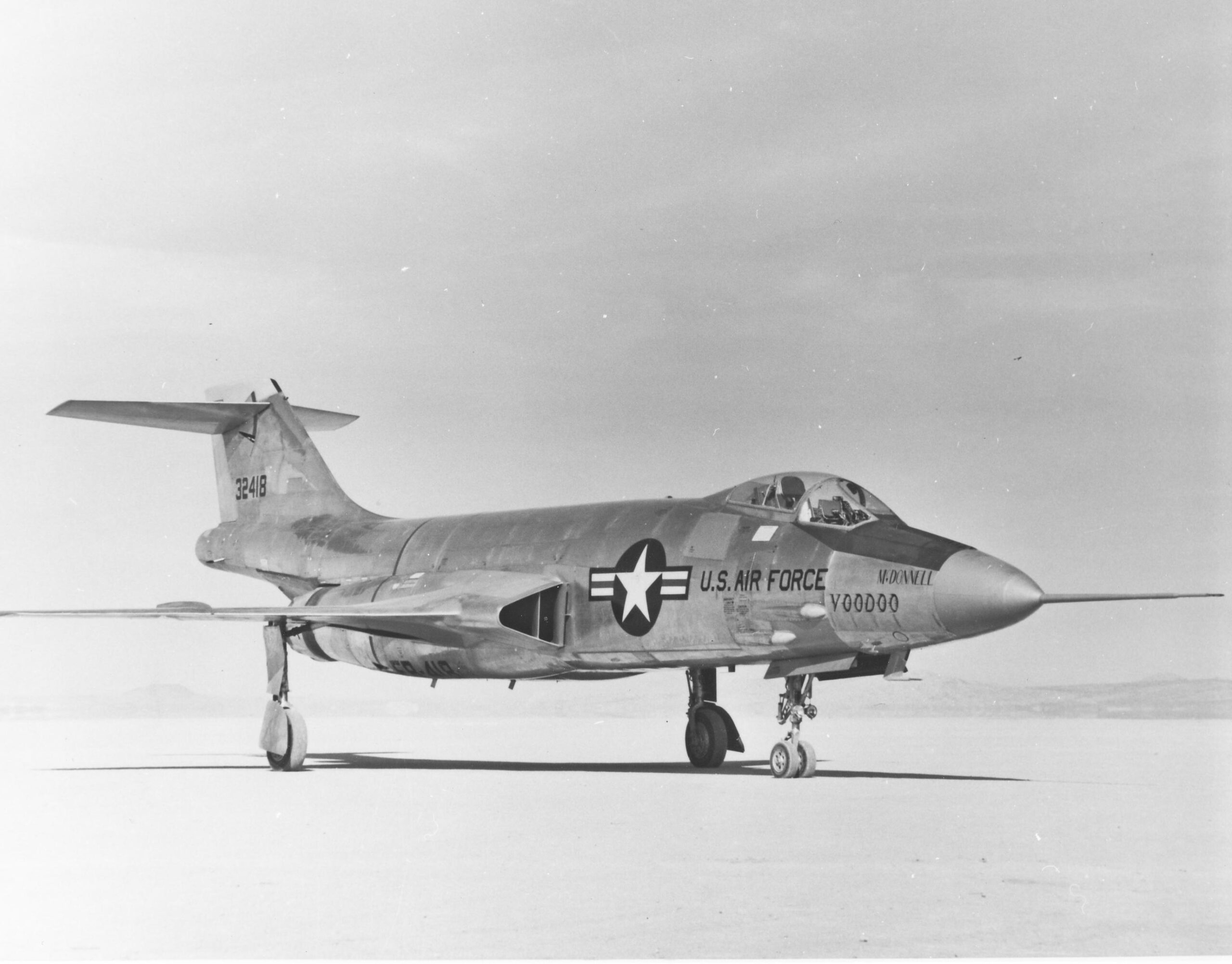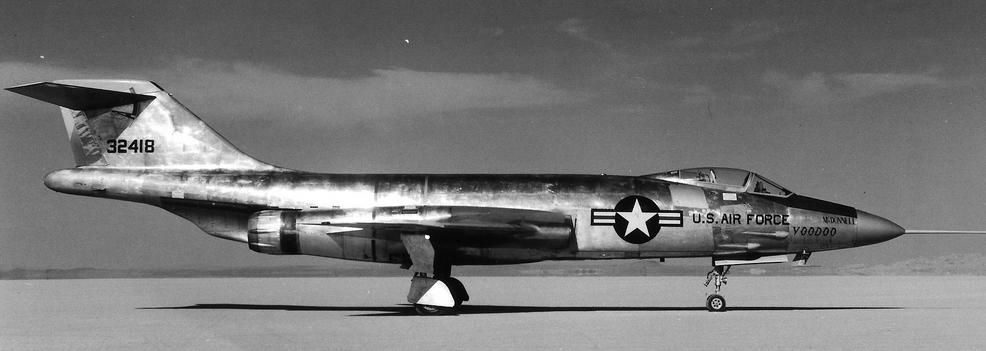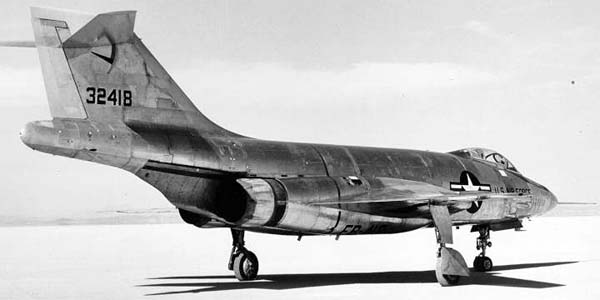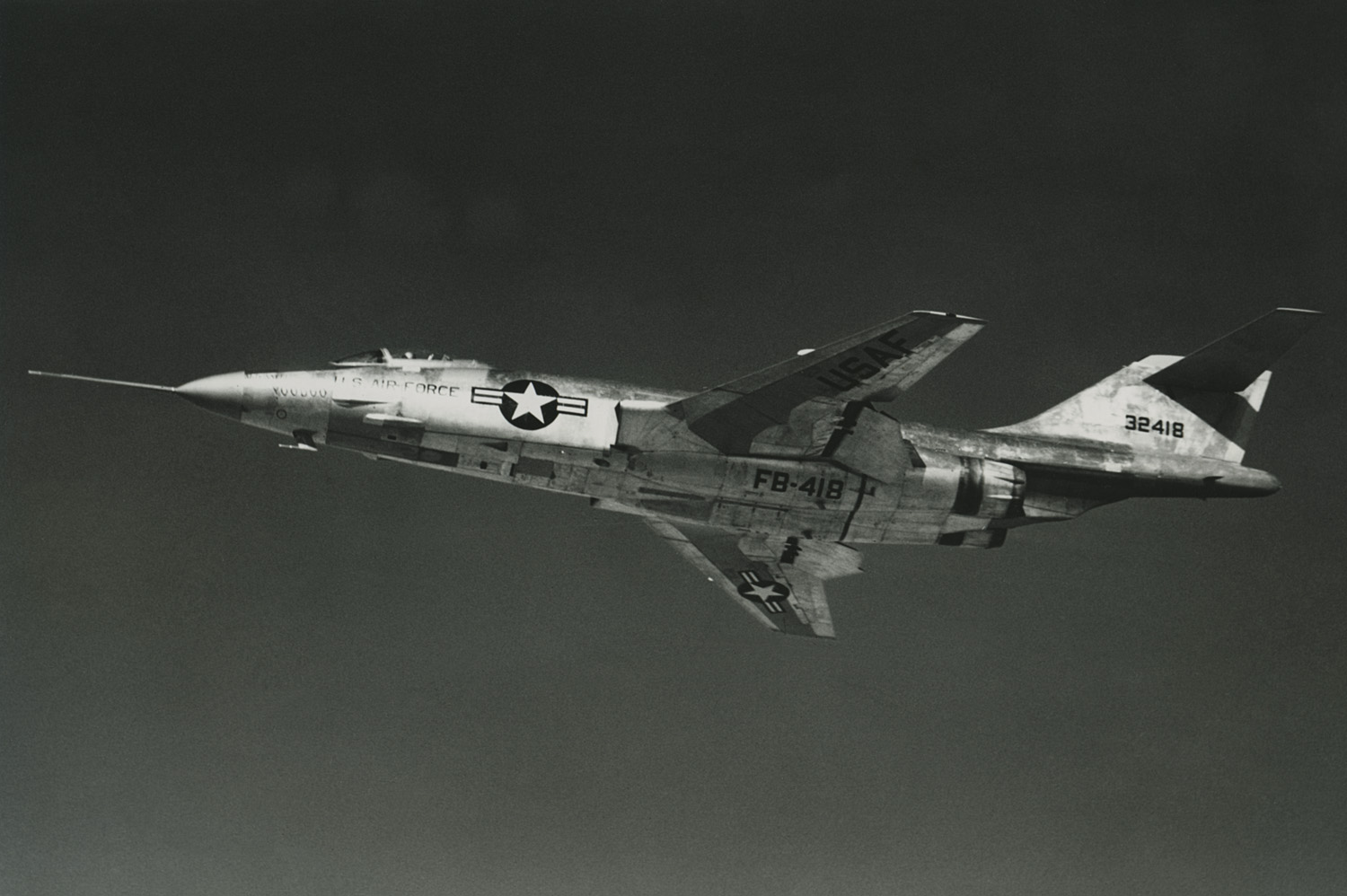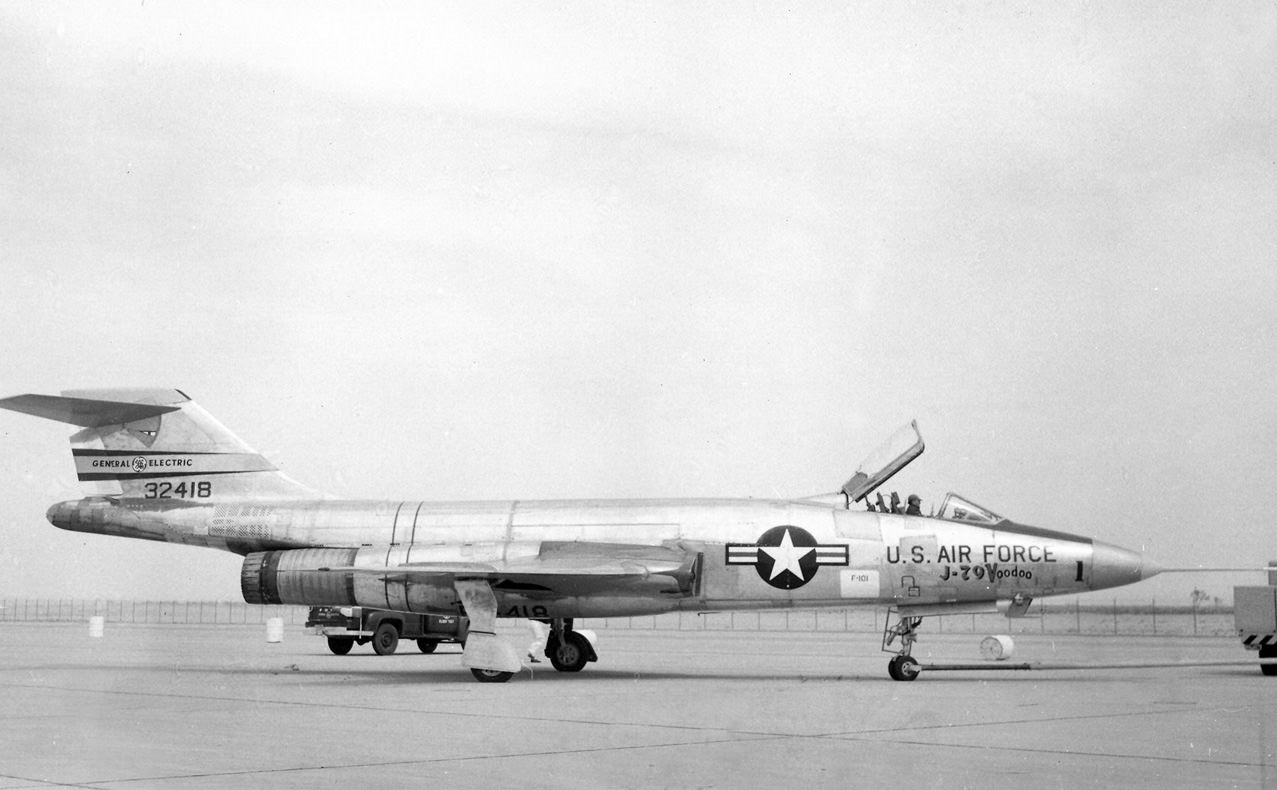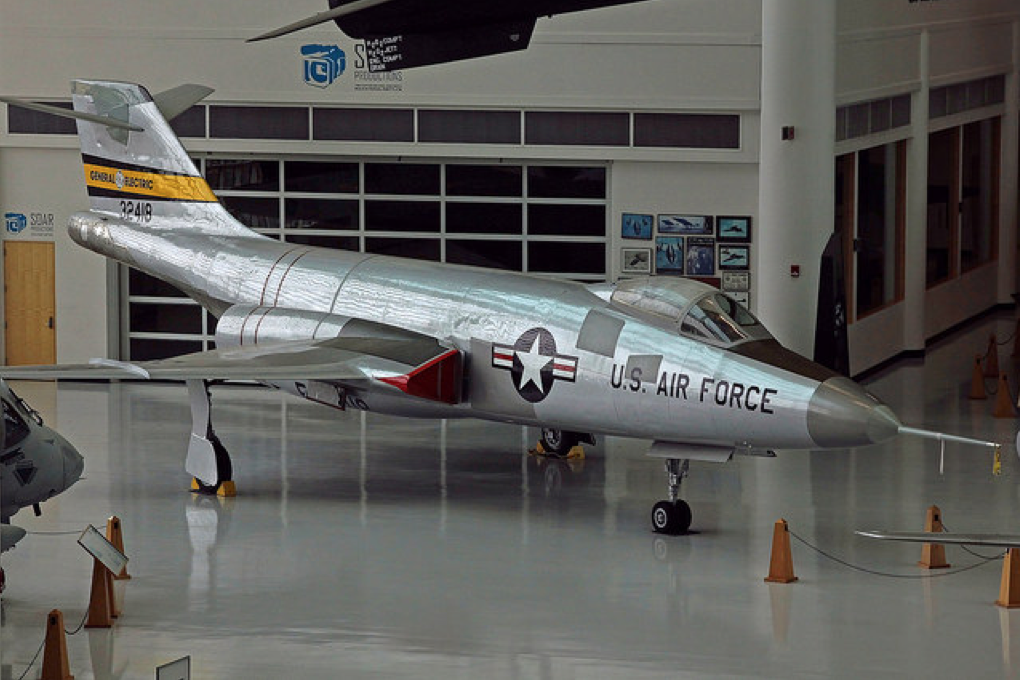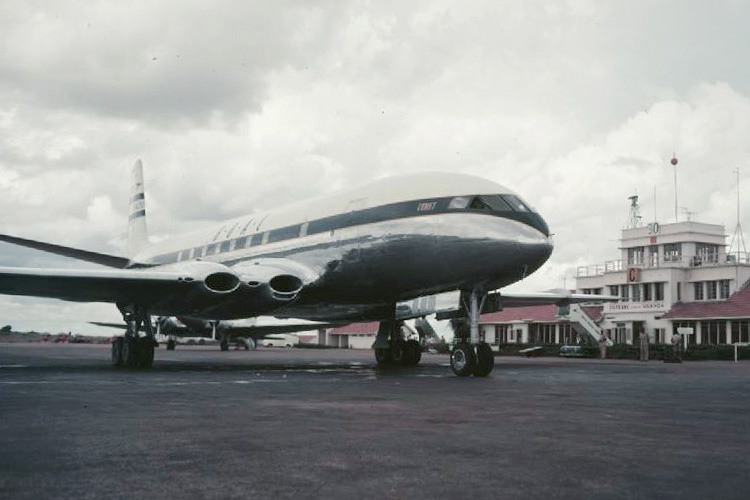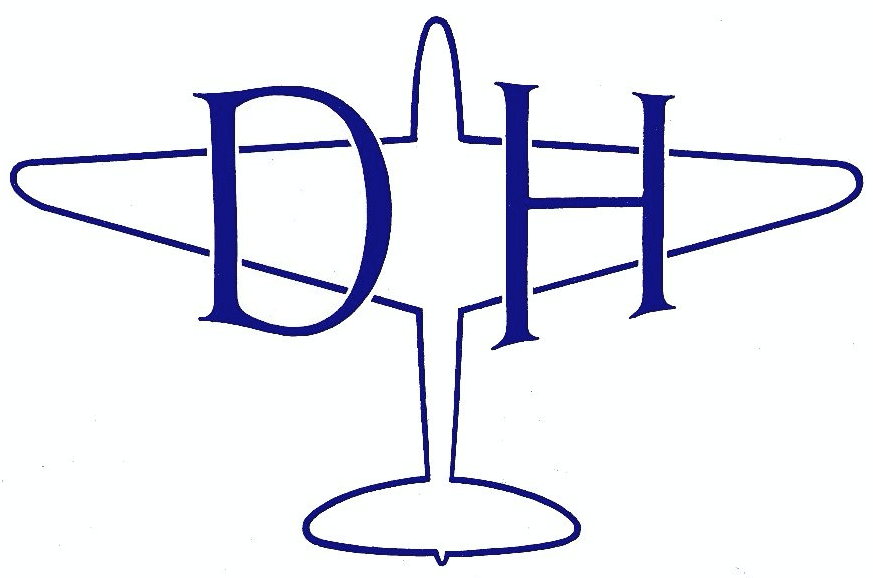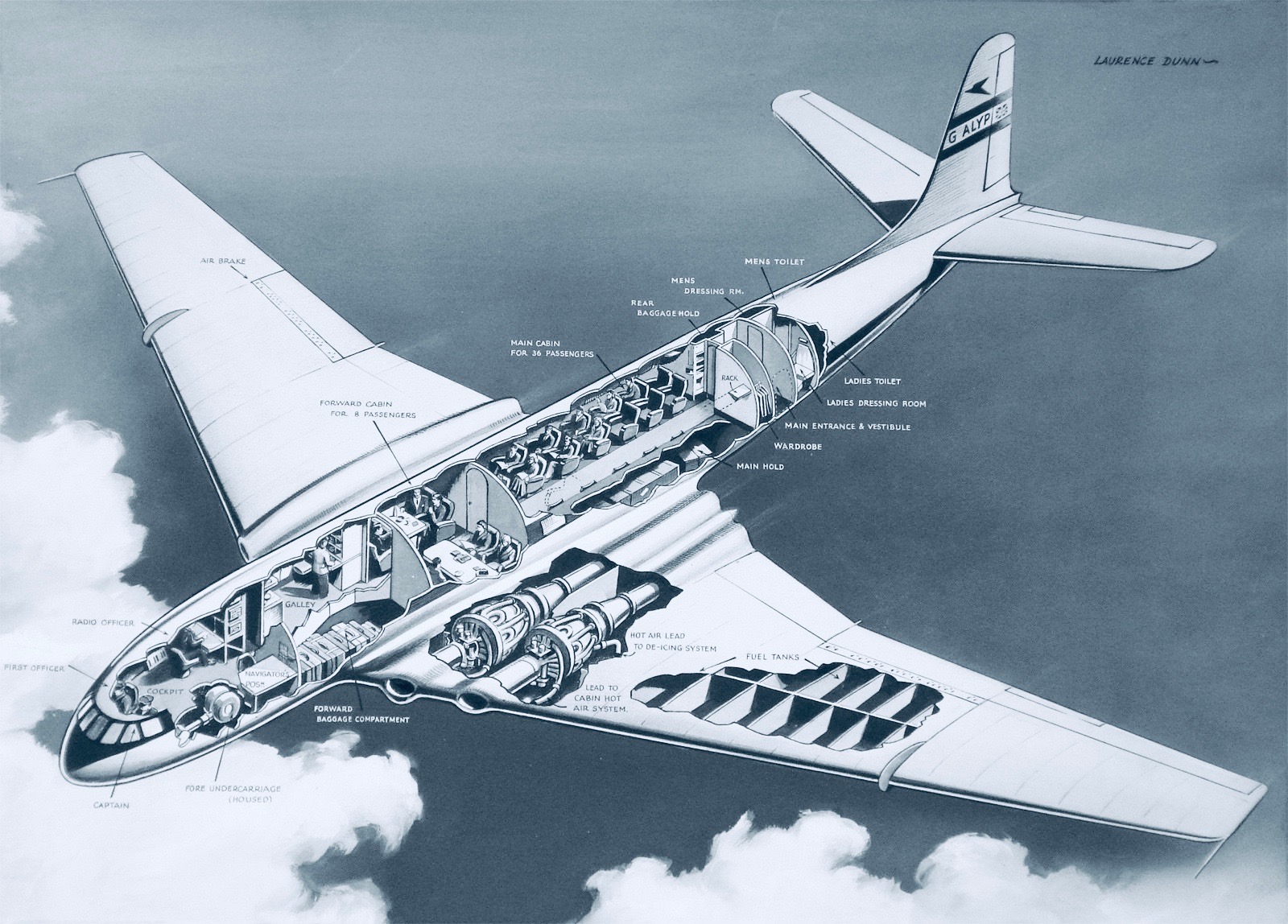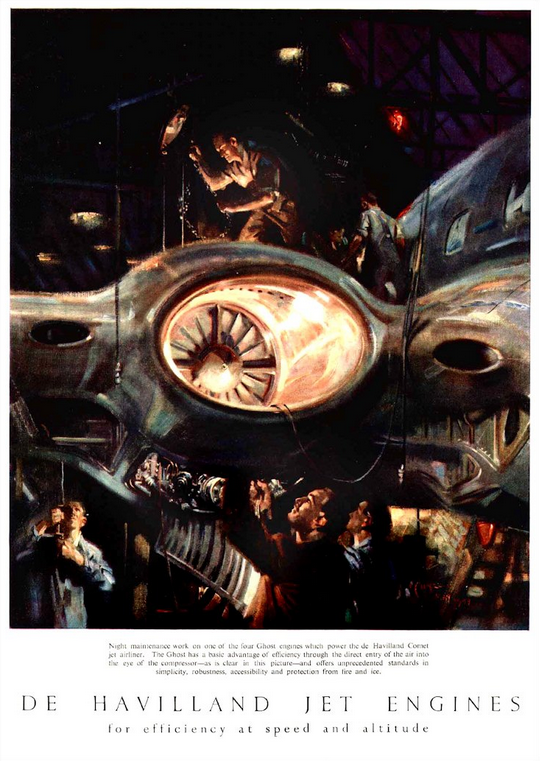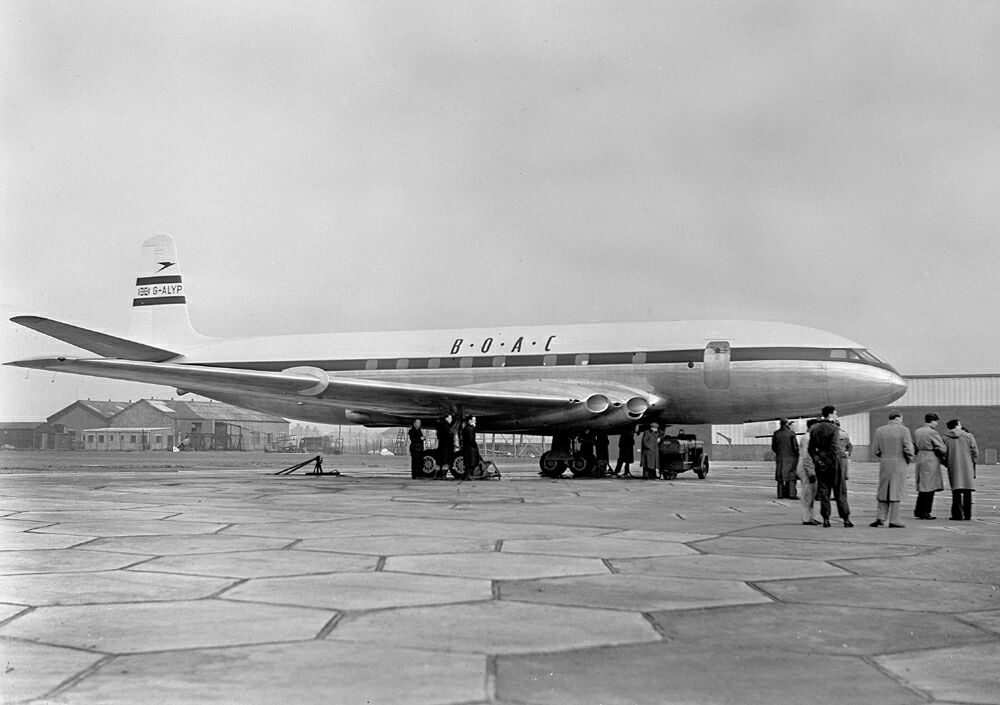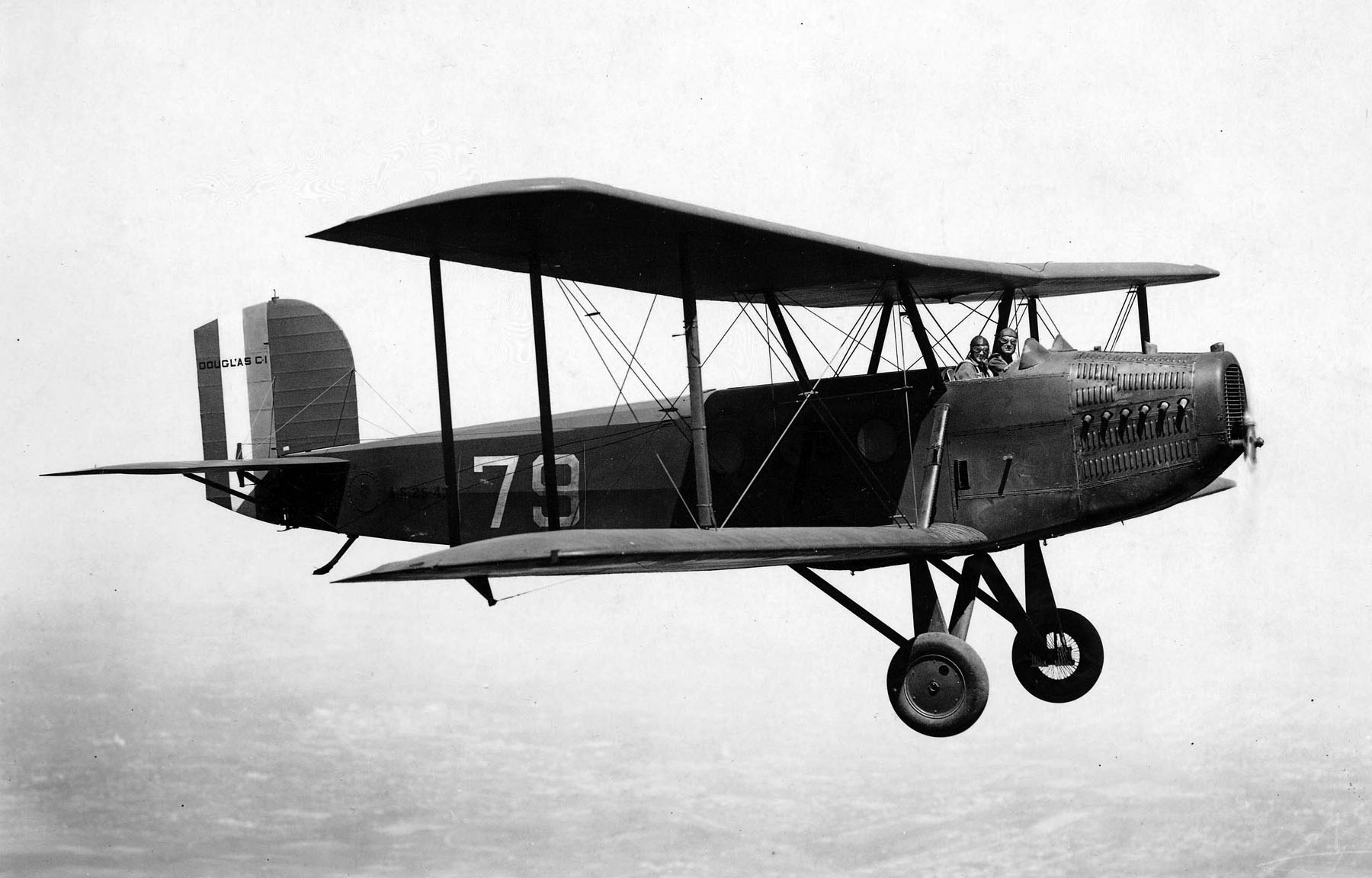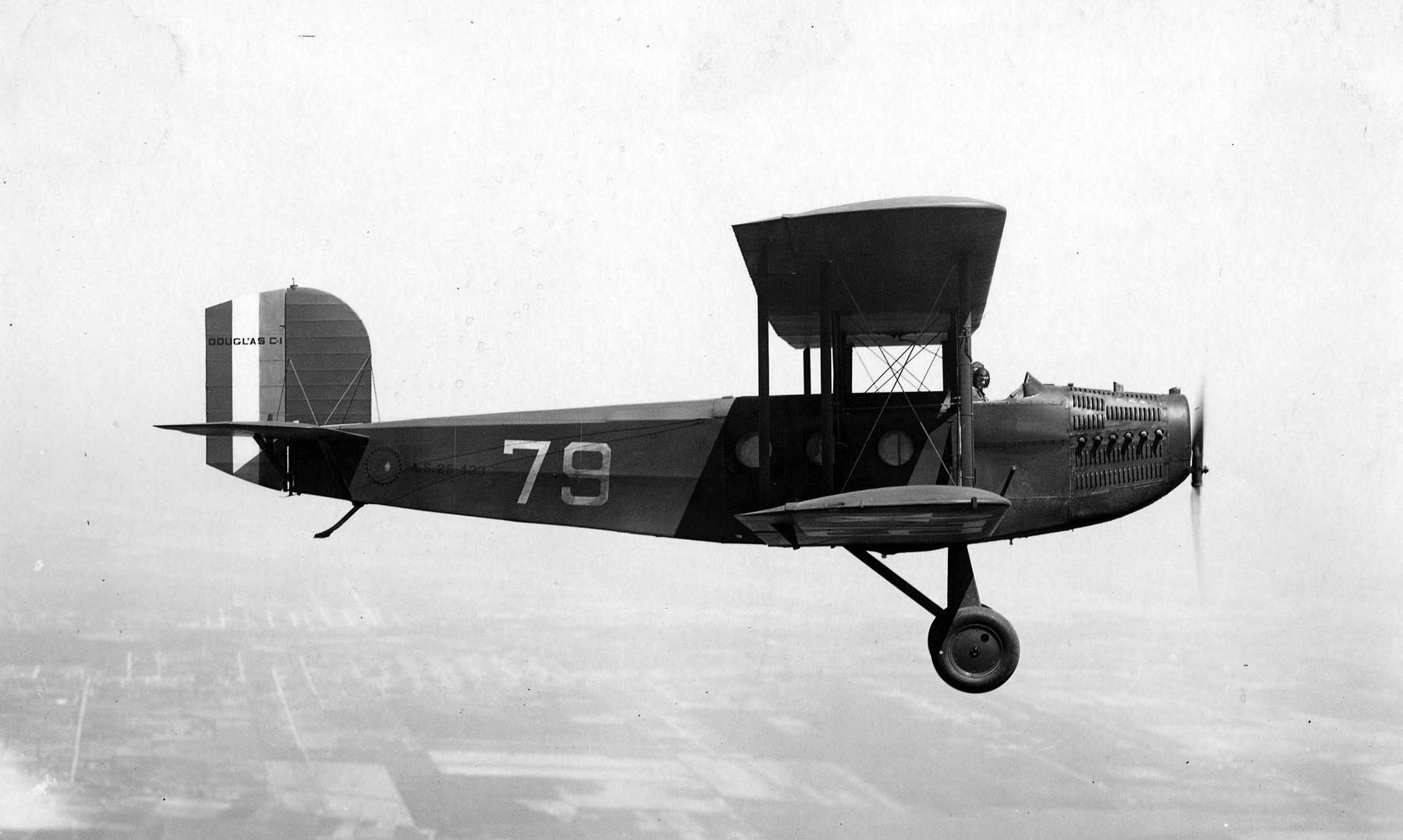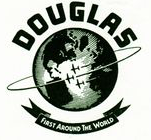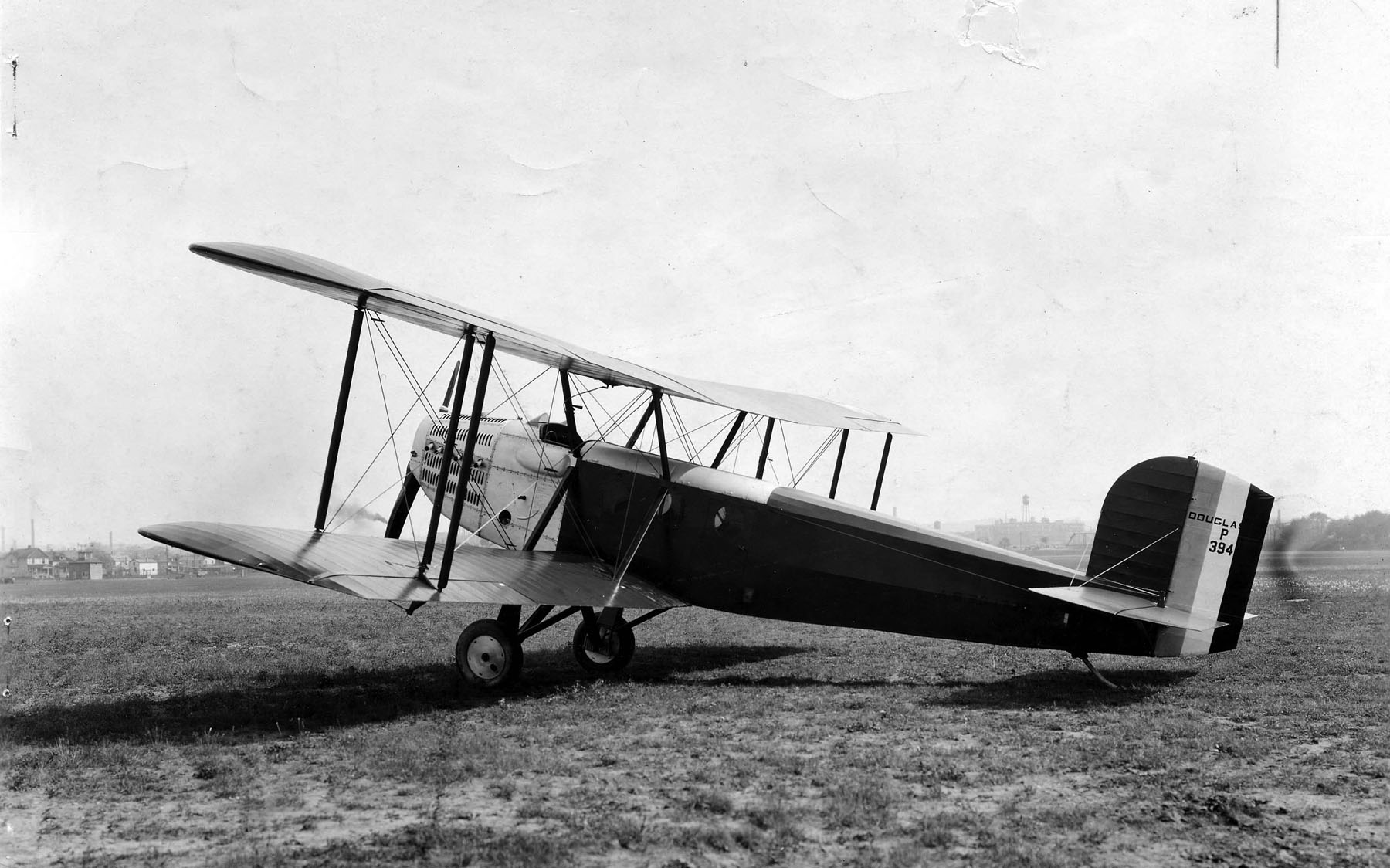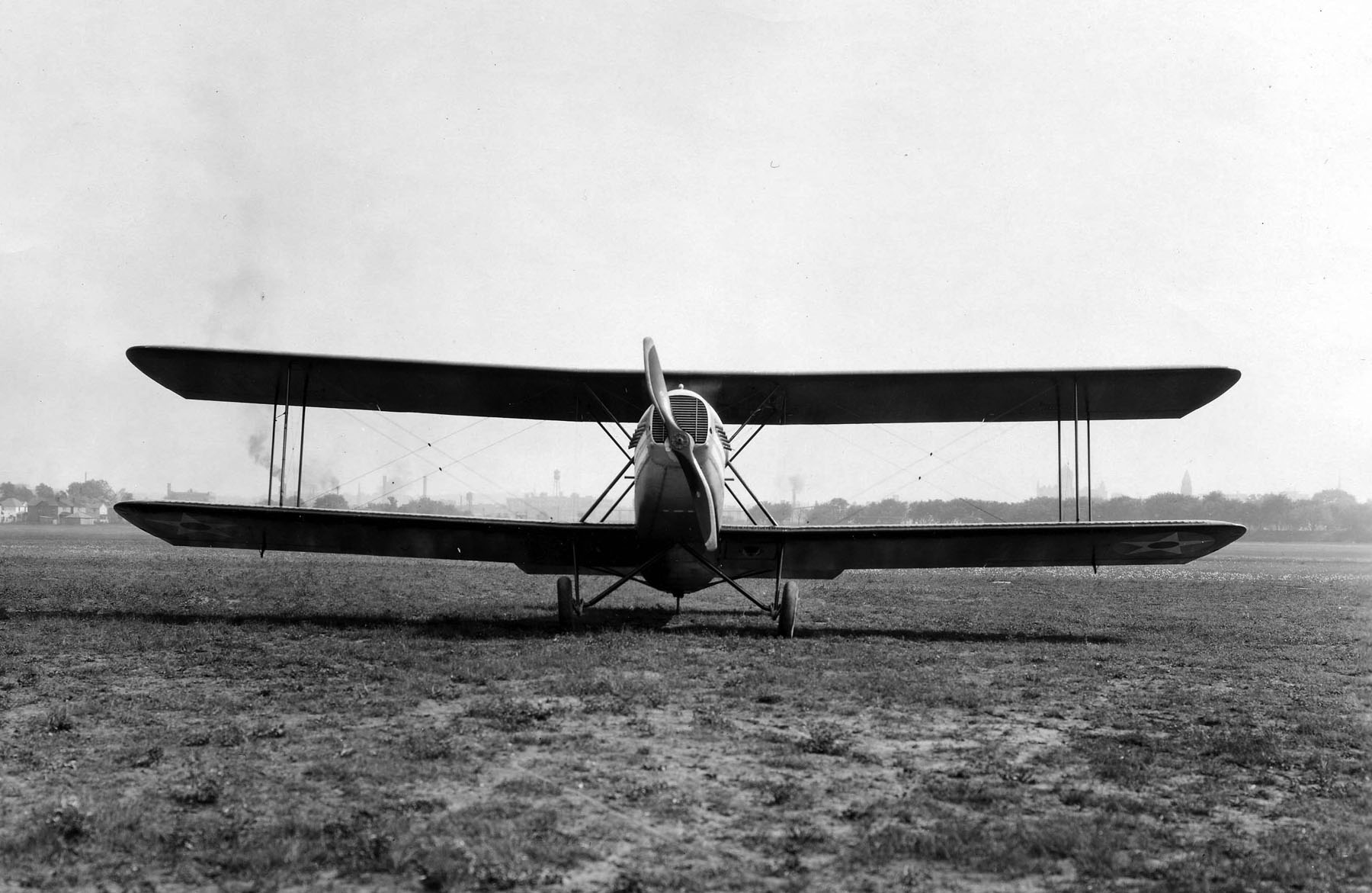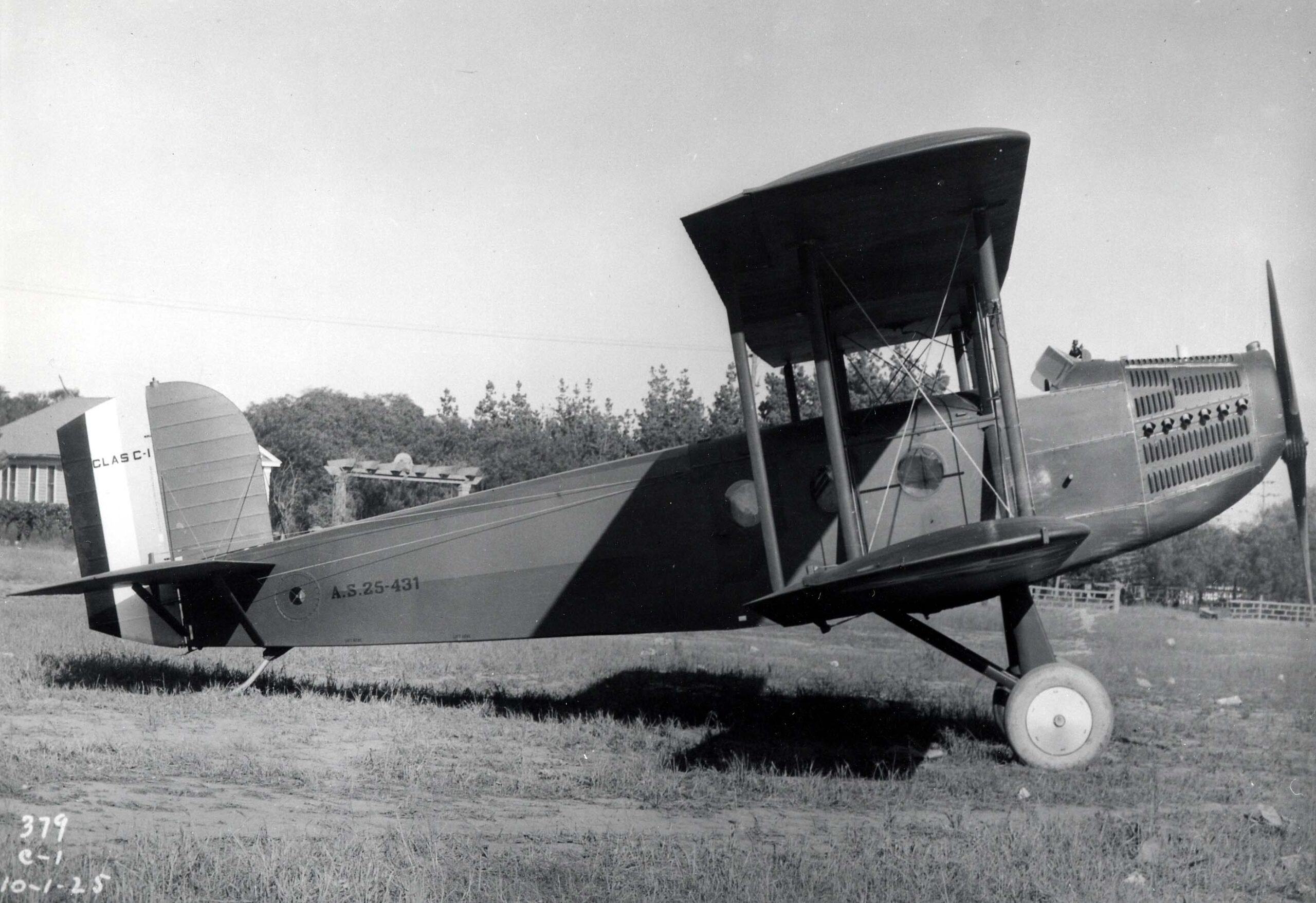
2 May 1977: First Lieutenant Christine E. Schott, USAF, was the first woman in the Air Force Undergraduate Pilot Training Program to solo in the Northrop T-38A Talon at Williams AFB, Arizona. She was a member of Class 77-08, which entered on 19 September 1976.
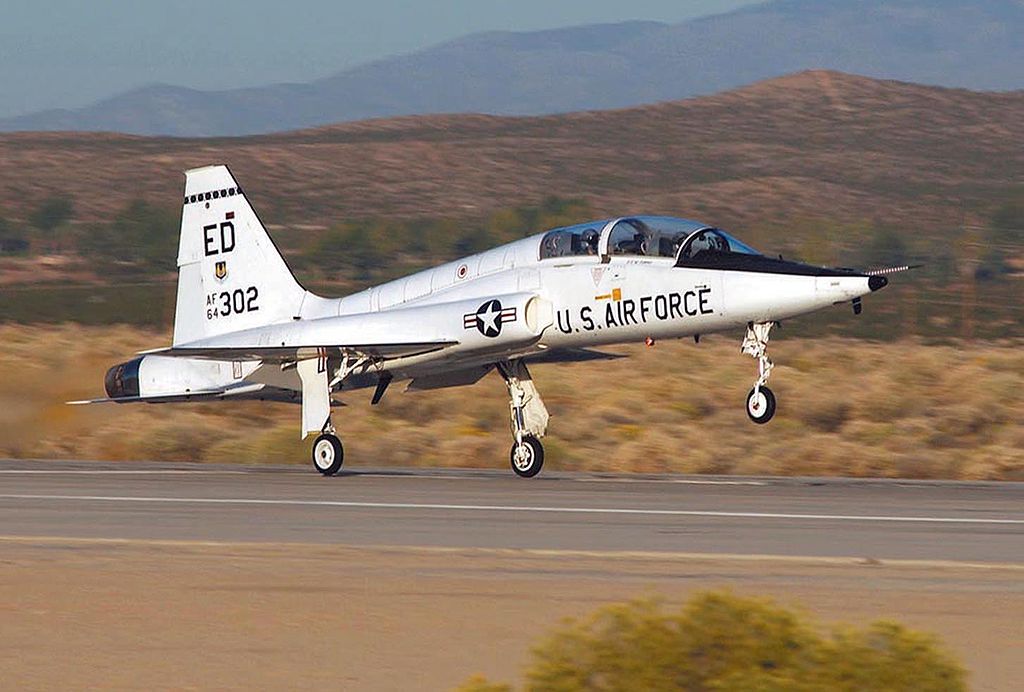
The ten women in this photograph, along with their 36 male classmates, received their Silver Wings on 2 September 1977. They are Captains Connie Engel, Kathy La Sauce, Mary Donahue, Susan Rogers and Christine Schott; First Lieutenants Sandra Scott and Victoria Crawford; Second Lieutenants Mary Livingston, Carol Scherer and Kathleen Rambo.
Captain Christine E. Schott would later be the first woman in the Air Force to qualify and serve as an aircraft commander on the C-9A Nightingale medical transport.
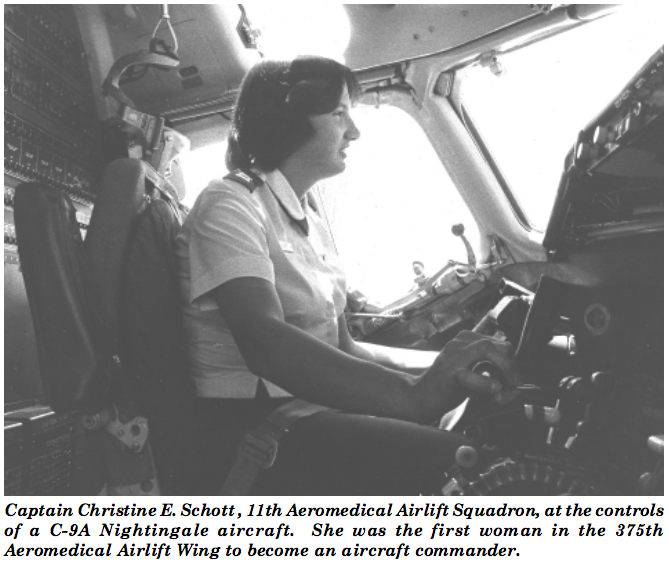
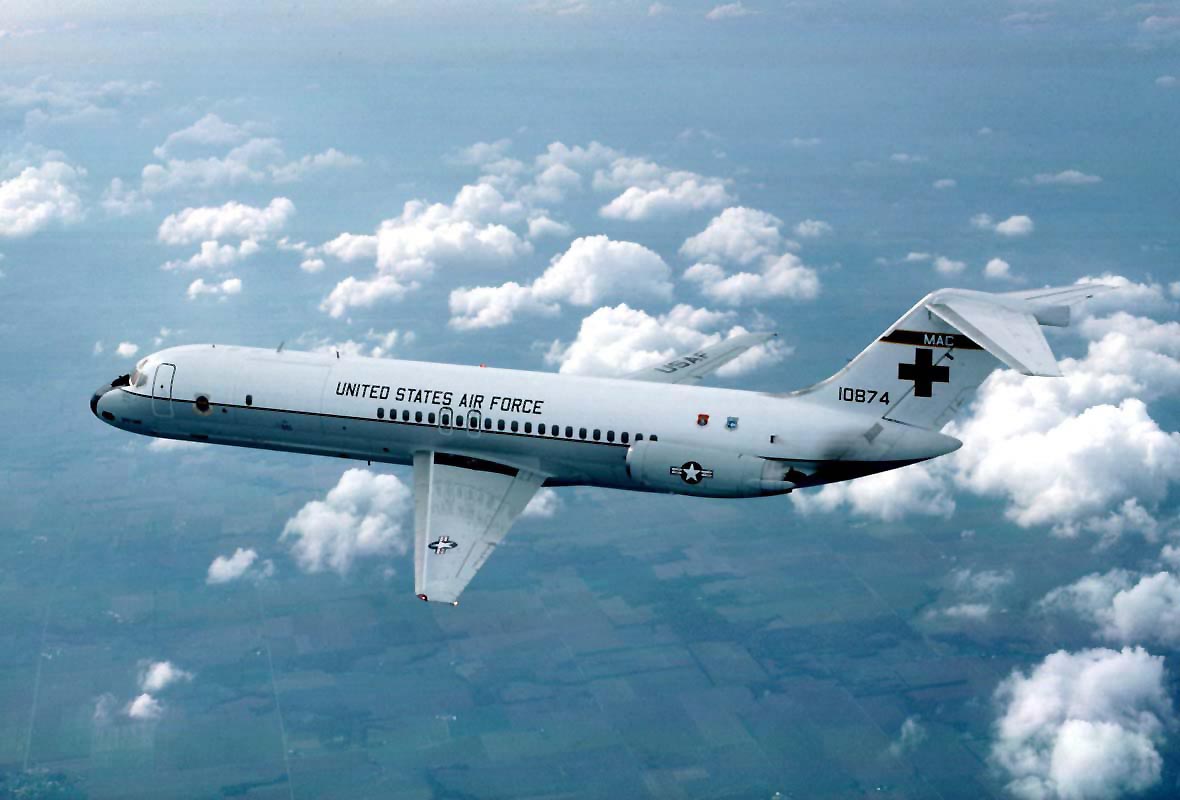
![]() A private venture by Northrop, the Talon was designed by a team led by Edgar Schmued, famous for his work on the North American Aviation P-51 Mustang, F-86 Sabre and the F-100 Super Sabre. The Talon is a twin-engine advanced trainer capable of supersonic speeds. More than 5,500 hours of wind tunnel testing was performed before the airplane’s final configuration was determined.
A private venture by Northrop, the Talon was designed by a team led by Edgar Schmued, famous for his work on the North American Aviation P-51 Mustang, F-86 Sabre and the F-100 Super Sabre. The Talon is a twin-engine advanced trainer capable of supersonic speeds. More than 5,500 hours of wind tunnel testing was performed before the airplane’s final configuration was determined.
The T-38 was the world’s first supersonic flight trainer. The Northrop T-38A Talon is a pressurized, two-place, twin-engine, jet trainer. Its fuselage is very aerodynamically clean and uses the “area-rule” (“coked”) to improve its supersonic capability. It is 46 feet, 4.5 inches (14.135 meters) long with a wingspan of 25 feet, 3 inches (7.696 meters) and overall height of 12 feet, 10.5 inches (3.924 meters). The one-piece wing has an area of 170 square feet (15.79 square meters). The leading edge is swept 32º. The airplane’s empty weight is 7,200 pounds (3,266 kilograms) and maximum takeoff weight is approximately 12,700 pounds (5,761 kilograms).
The T-38A is powered by two General Electric J85-GE-5 turbojet engines. The J85 is a single-shaft axial-flow turbojet engine with an 8-stage compressor section and 2-stage turbine. The J85-GE-5 is rated at 2,680 pounds of thrust (11.921 kilonewtons), and 3,850 pounds (17.126 kilonewtons) with afterburner. It is 108.1 inches (2.746 meters) long, 22.0 inches (0.559 meters) in diameter and weighs 584 pounds (265 kilograms).
The T-38A has a maximum speed of Mach 1.08 (822 miles per hour/1,323 kilometers per hour) at Sea Level, and Mach 1.3 (882 miles per hour/1,419 kilometers per hour) at 30,000 feet (9,144 meters). It has a rate of climb of 33,600 feet per minute (171 meters per second) and a service ceiling of 55,000 feet (16,764 meters). Its range is 1,140 miles (1,835 kilometers).*
In production from 1961 to 1972, Northrop has produced nearly 1,200 T-38s. In 2001, most T-38A and T-38B Talons were upgraded to teh T-38C standard. As of January 2014, the U.S. Air Force had 546 T-38A Talons in the active inventory. It also remains in service with the U.S. Navy, and the National Aeronautics and Space Administration.
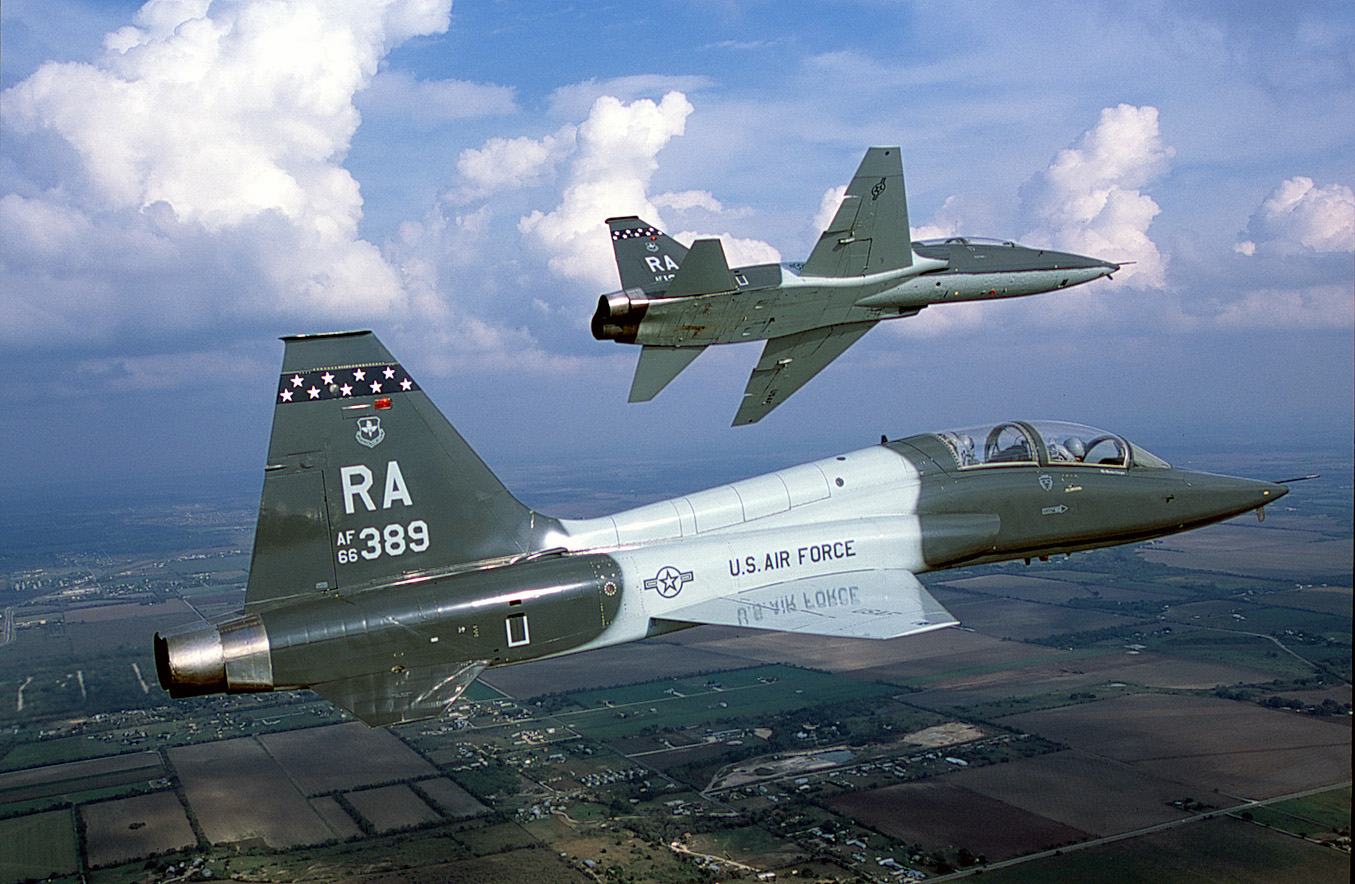
© 2019, Bryan R. Swopes

